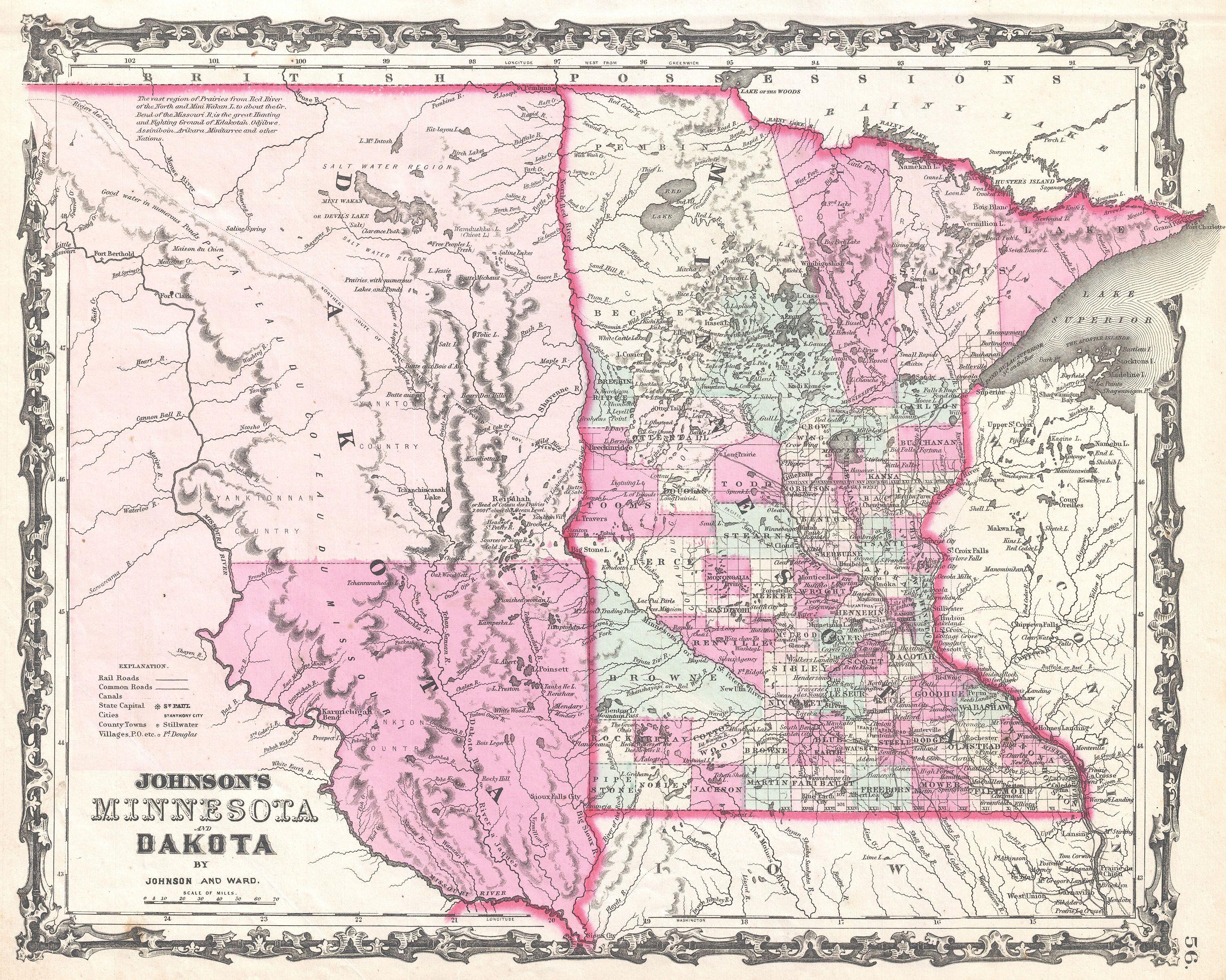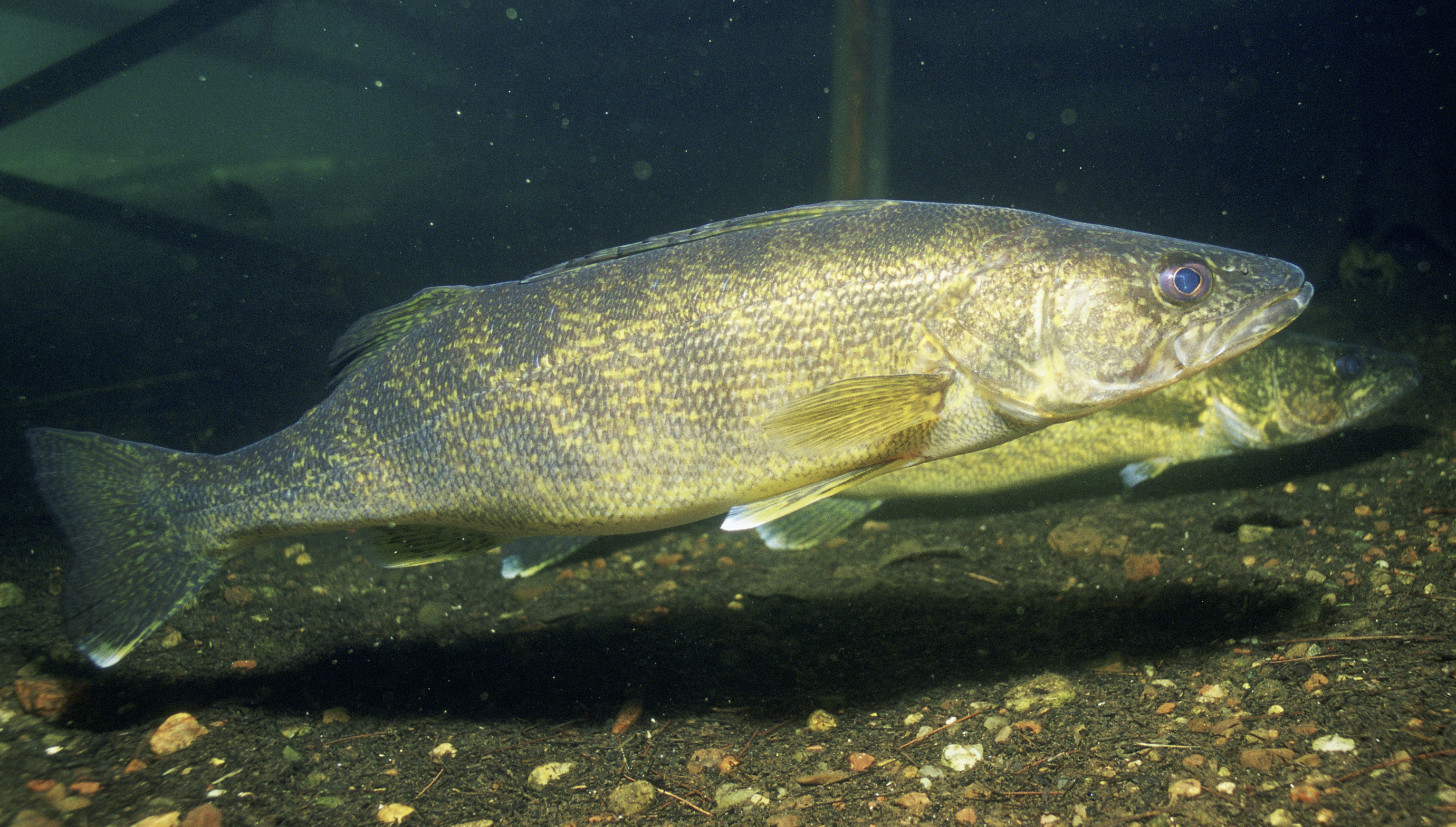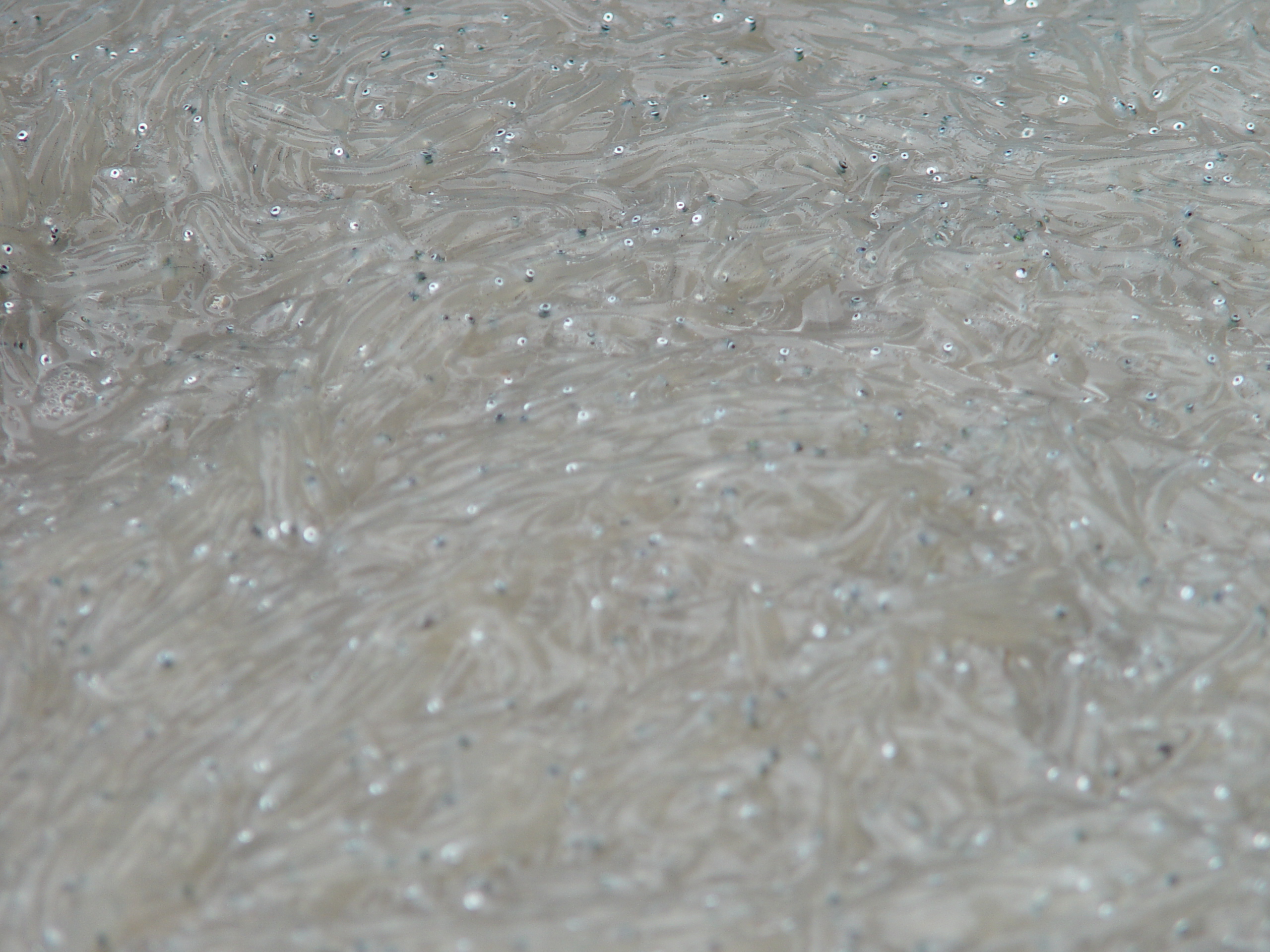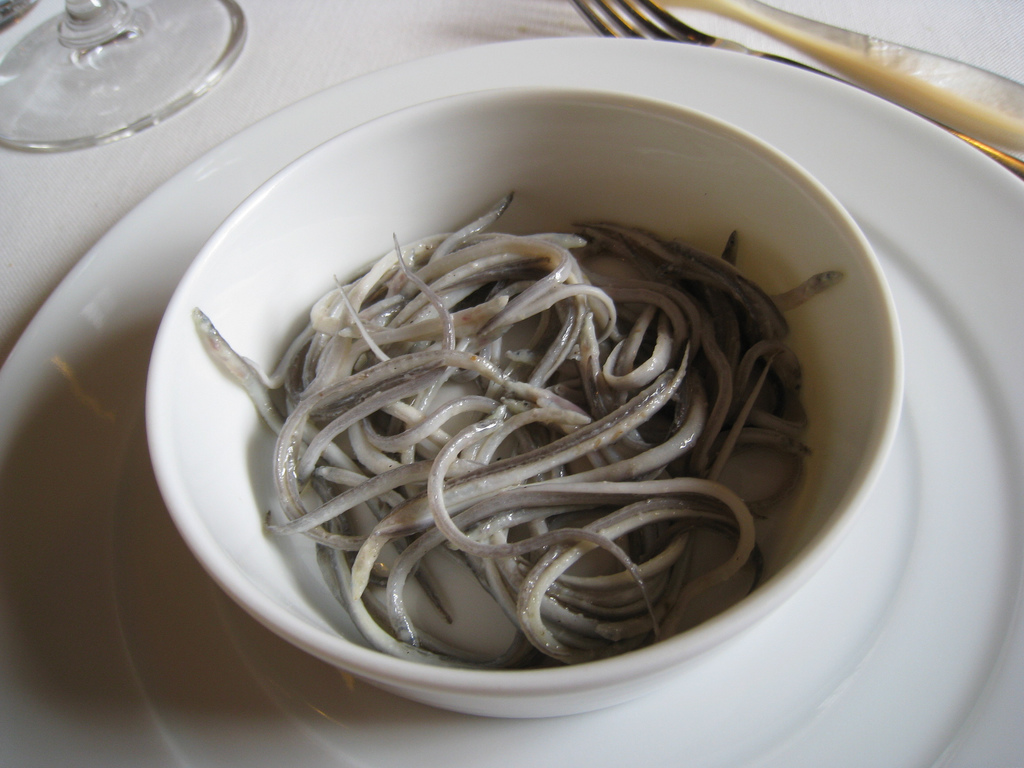|
Bachelor Lake (Brown County, Minnesota)
__NOTOC__ Bachelor Lake is a lake in Brown County, Minnesota in the northeastern part of Stark township. Covering 79.80 acres, it is an officially protected water of the State of Minnesota. The lake is within the Cottonwood River Major Watershed. The lake’s elevation is , and it is zoned as a shoreland area which is regulated as a shoreland management water. Bachelor Lake was named for an unmarried homesteader who lived in Stark Township, Brown County, Minnesota. In the spring of 2016, the Minnesota DNR utilized Bachelor Lake as a rearing pond for walleye The walleye (''Sander vitreus'', synonym ''Stizostedion vitreum''), also called the yellow pike or yellow pickerel, is a freshwater perciform fish native to most of Canada and to the Northern United States. It is a North American close relat .... Approximately 5,000 fry per littoral acre (an acre that is less than 15 feet deep) were stocked in Bachelor Lake. The fall harvest following the stocking of walleye fry ... [...More Info...] [...Related Items...] OR: [Wikipedia] [Google] [Baidu] |
Brown County, Minnesota
Brown County is a county in the U.S. state of Minnesota. As of the 2020 census, the population was 25,912. Its county seat is New Ulm. The county was formed in 1855 and organized in 1856. Brown County comprises the New Ulm, MN Micropolitan Statistical Area and is included in the Mankato-New Ulm-North Mankato, MN Combined Statistical Area. History Brown County was founded in 1855 in the southwest corner of what was Minnesota Territory. It was named for Joseph Renshaw Brown, a member of the Governor's Council of the Territory in 1855. In 1857, Brown County was divided, creating Cottonwood, Jackson, Martin, Murry, Nobles, Pipestone, and Rock counties. Watonwan was broken off in 1860. Redwood was created from a large portion of Brown County in 1862. Redwood was further divided into Lac qui Parle, Lincoln, Lyon and Yellow Medicine Counties in the 1870s. In 1862, the county's 150-mile northern border was the boundary line of the Upper and Lower Sioux reservations whe ... [...More Info...] [...Related Items...] OR: [Wikipedia] [Google] [Baidu] |
Lake
A lake is an area filled with water, localized in a basin, surrounded by land, and distinct from any river or other outlet that serves to feed or drain the lake. Lakes lie on land and are not part of the ocean, although, like the much larger oceans, they do form part of the Earth's water cycle. Lakes are distinct from lagoons, which are generally coastal parts of the ocean. Lakes are typically larger and deeper than ponds, which also lie on land, though there are no official or scientific definitions. Lakes can be contrasted with rivers or streams, which usually flow in a channel on land. Most lakes are fed and drained by rivers and streams. Natural lakes are generally found in mountainous areas, rift zones, and areas with ongoing glaciation. Other lakes are found in endorheic basins or along the courses of mature rivers, where a river channel has widened into a basin. Some parts of the world have many lakes formed by the chaotic drainage patterns left over from the ... [...More Info...] [...Related Items...] OR: [Wikipedia] [Google] [Baidu] |
Sleepy Eye, Minnesota
Sleepy Eye is a small city in rural Brown County, Minnesota, United States. The city is named after a famed local Dakota chief from the 1800s. The population was 3,599 at the 2010 census. History Sleepy Eye took its name from Sleepy Eye Lake, which was named after Chief Sleepy Eye, who was known as a compassionate person with droopy eyelids (or maybe just one). The chief was one of four Sioux Native Americans (four Ojibwe also attended) chosen to meet President James Monroe in 1824 in the nation's capital. Later, Sleepy Eye was an integral player in the 1851 signing of the Treaty of Traverse des Sioux, which gave all the land but a 10-mile swath on each side of the upper Minnesota River to the U.S. government. His recommendations to traders led to the successful settlement of Mankato, away from flood areas, and the chief eventually settled his people near the lake now known as Sleepy Eye Lake. Sleepy Eye was platted in 1872 and incorporated as a city in 1903. Geography ... [...More Info...] [...Related Items...] OR: [Wikipedia] [Google] [Baidu] |
Stark Township, Brown County, Minnesota
Stark Township is a township in Brown County, Minnesota, United States. The population was 384 as of the 2000 census. History Stark Township was organized in 1868. It was named for August Starck, an early settler and native of Germany. Geography According to the United States Census Bureau, the township has a total area of 36.1 square miles (93.6 km), of which 35.6 square miles (92.2 km) is land and 0.5 square miles (1.4 km) (1.50%) is water. The Cottonwood and Little Cottonwood Rivers flow through the township. Unincorporated communities * Iberia at * Stark at Major highway * Minnesota State Highway 4 Lakes * Bachelor Lake * Gilman Lake * Zanders Lake (west three-quarters) Adjacent townships * Home Township (north) * Milford Township (northeast) * Sigel Township (east) * Albin Township (south) * Mulligan Township (southwest) * Leavenworth Township (west) * Prairieville Township (northwest) Demographics As of the census of 2000 ... [...More Info...] [...Related Items...] OR: [Wikipedia] [Google] [Baidu] |
Water Conservation
Water conservation includes all the policies, strategies and activities to sustainably manage the natural resource of fresh water, to protect the hydrosphere, and to meet the current and future human demand (thus avoiding water scarcity). Population, household size and growth and affluence all affect how much water is used. Factors such as climate change have increased pressures on natural water resources especially in manufacturing and agricultural irrigation. Many countries have already implemented policies aimed at water conservation, with much success. The key activities to conserve water are as follows: any beneficial reduction in water loss, use and waste of resources, avoiding any damage to water quality; and improving water management practices that reduce the use or enhance the beneficial use of water. Technology solutions exist for households, commercial and agricultural applications. Water conservation programs involved in social solutions are typically initiated at the ... [...More Info...] [...Related Items...] OR: [Wikipedia] [Google] [Baidu] |
Minnesota Department Of Natural Resources
The Minnesota Department of Natural Resources, or Minnesota DNR, is the agency of the U.S. state of Minnesota charged with conserving and managing the state's natural resources. The agency maintains areas such as state parks, state forests, recreational trails, and recreation areas as well as managing minerals, wildlife, and forestry throughout the state. The agency is divided into six divisions - Ecological & Water Resources, Enforcement, Fish & Wildlife, Forestry, Lands & Minerals, and Parks & Trails. History Efforts to conserve Minnesota's wildlife began as early as 1876, with a forestry association established to protect the state's timber resources. However, those efforts became futile as the industry took over and people sought the money that could be made on the land. Over time, there were other attempts to control the destruction of resources, but most only had effects on what was done to public land, such as the Land Commission established in 1885. In 1911 the Minn ... [...More Info...] [...Related Items...] OR: [Wikipedia] [Google] [Baidu] |
Cottonwood River (Minnesota)
The Cottonwood River (Dakota: ''Wáǧa Ožú Wakpá'', ) is a tributary of the Minnesota River, 152 miles (245 km) long, in southwestern Minnesota in the United States. Via the Minnesota River, it is part of the watershed of the Mississippi River, draining an area of in an agricultural region. The river's name is a translation of the Dakota name for the river, Wáǧa Ožú Wakpá, for the cottonwood tree groves, which are common along prairie rivers. It has also been known historically as the Big Cottonwood River. The Cottonwood River flows generally eastwardly throughout its course. It rises southwest of Balaton in Rock Lake Township in southern Lyon County, as an intermittent stream on the Coteau des Prairies, a morainic plateau dividing the Mississippi and Missouri River watersheds. The river flows off the Coteau in a wooded valley in southeastern Lyon County, dropping 200 feet (60 m) in five miles (3 km), and enters a region of till plains, flowing thr ... [...More Info...] [...Related Items...] OR: [Wikipedia] [Google] [Baidu] |
Walleye
The walleye (''Sander vitreus'', synonym ''Stizostedion vitreum''), also called the yellow pike or yellow pickerel, is a freshwater perciform fish native to most of Canada and to the Northern United States. It is a North American close relative of the European zander, also known as the pikeperch. The walleye is sometimes called the yellow walleye to distinguish it from the blue walleye, which is a color morph that was once found in the southern Ontario and Quebec regions, but is now presumed extinct. However, recent genetic analysis of a preserved (frozen) 'blue walleye' sample suggests that the blue and yellow walleye were simply phenotypes within the same species and do not merit separate taxonomic classification. In parts of its range in English-speaking Canada, the walleye is known as a pickerel, though the fish is not related to the true pickerels, which are members of the family ''Esocidae''. Walleyes show a fair amount of variation across watersheds. In general, ... [...More Info...] [...Related Items...] OR: [Wikipedia] [Google] [Baidu] |
Fry (fish)
Fish go through various life stages between fertilization and adulthood. The life of a fish start as spawned eggs which hatch into immotile larvae. These larval hatchlings are not yet capable of feeding themselves and carry a yolk sac which provides stored nutrition. Before the yolk sac completely disappears, the young fish must mature enough to be able to forage independently. When they have developed to the point where they are capable of feeding by themselves, the fish are called fry. When, in addition, they have developed scales and working fins, the transition to a juvenile fish is complete and it is called a fingerling, so called as they are typically about the size of human fingers. The juvenile stage lasts until the fish is fully grown, sexually mature and interacting with other adult fish. Growth stages Ichthyoplankton ''(planktonic or drifting fish)'' are the eggs and larvae of fish. They are usually found in the sunlit zone of the water column, less than 200 met ... [...More Info...] [...Related Items...] OR: [Wikipedia] [Google] [Baidu] |
Fingerling (fish)
Fish go through various life stages between fertilization and adulthood. The life of a fish start as spawned eggs which hatch into immotile larvae. These larval hatchlings are not yet capable of feeding themselves and carry a yolk sac which provides stored nutrition. Before the yolk sac completely disappears, the young fish must mature enough to be able to forage independently. When they have developed to the point where they are capable of feeding by themselves, the fish are called fry. When, in addition, they have developed scales and working fins, the transition to a juvenile fish is complete and it is called a fingerling, so called as they are typically about the size of human fingers. The juvenile stage lasts until the fish is fully grown, sexually mature and interacting with other adult fish. Growth stages Ichthyoplankton ''(planktonic or drifting fish)'' are the eggs and larvae of fish. They are usually found in the sunlit zone of the water column, less than 200 metr ... [...More Info...] [...Related Items...] OR: [Wikipedia] [Google] [Baidu] |
Lakes Of Minnesota
This is a list of lakes of Minnesota. Although promoted as the "Land of 10,000 Lakes", Minnesota has 11,842 lakes of or more. The 1968 state survey found 15,291 lake basins, of which 3,257 were dry. If all basins over 2.5 acres were counted, Minnesota would have 21,871 lakes. The prevalence of lakes has generated many repeat names. For example, there are more than 200 Mud Lakes, 150 Long Lakes, and 120 Rice Lakes. All but four of Minnesota's 87 counties ( Mower, Olmsted, Pipestone and Rock) contain at least one natural lake. Minnesota's lakes provide 44,926 miles of shoreline, more than the combined lake (~32,000 mi) and coastal (3,427 mi) shorelines of California. Lakes whose coordinates are included below are visible in linked OSM map. Minnesota's lakes are cataloged by the state Department of Natural Resources with a unique DNR Division of Waters Lake Number, which is listed for a subset of lakes in the table below. See also * List of fishes of Minnesota * ... [...More Info...] [...Related Items...] OR: [Wikipedia] [Google] [Baidu] |
List Of Fishes Of Minnesota
There are about 123 species of fishes found naturally in Minnesota waters, including Lake Superior. The following list is based on the Minnesota Department of Natural Resources. The species data on this page is taken from the Minnesota DNR, which also uses several labels to indicate a fish's status within Minnesota waters. An endangered fish species is near extinction in Minnesota, a threatened species is likely to become endangered within the foreseeable future, and a special concern species is either extremely uncommon in Minnesota or has unique or highly specific habitat requirements. Several types of Minnesota fish are considered non-native invasive species. A prohibited invasive species is illegal to possess in Minnesota without a permit, and a regulated invasive species is legal to possess but still may not be released into public waters. Many invasive fish species are nonetheless already well-established. Coldwater sport fish *Atlantic salmon ''Salmo salar'' * Bloat ... [...More Info...] [...Related Items...] OR: [Wikipedia] [Google] [Baidu] |






